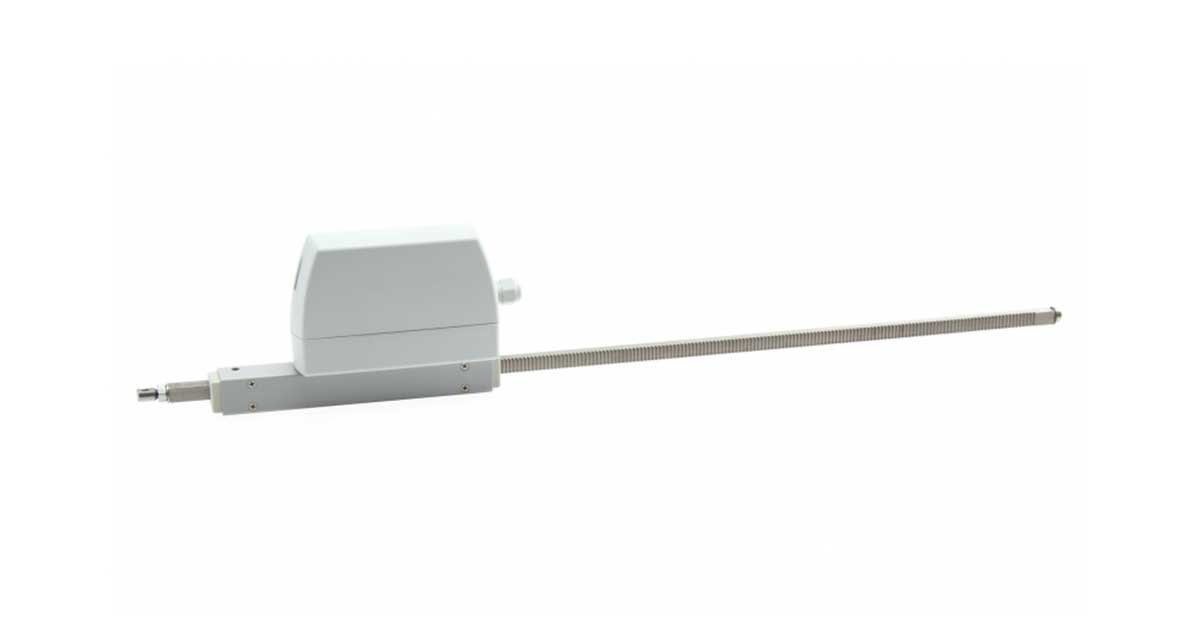Rack and pinion drive structure
Rack and pinion drives essentially consist of two components:
- Rack and pinion in the tube. The rack is in most cases a square 12 x 12mm galvanized steel, guided and protected in a square aluminum tube. The rack has a toothing on one side over the entire length, in which a gear wheel can engage on the side and move the rack.
- Motor with electronics in an encapsulated housing. The drive motor is housed in a metal or plastic enclosure with the necessary electronics. Depending on the design, a part of a gear wheel or a complete drive element can be seen on one side, which creates a positive coupling when the motor and rack are connected.


Mounting
As with spindle drives, roof skylights (skylight domes, arcade rooflights, ...) are common places of application.
Here, too, you must expect that the drive will swing along on the rear side when it is extended and may possibly hit the structure.
You can influence the pivoting positively as far as possible by attaching the drive - if possible - far "behind", i.e. by shifting the pivot point quite far to the "rear". Rack and pinion drives often offer the possibility of shifting the pivot point in a longitudinal groove on the rack over the entire length.
The height of the sash or the size of the skylight dome also has a decisive influence. The larger the sash or skylight dome, the less the drive pivots. The following pictures illustrate this relationship:
Console (pivot point) top:


Console (pivot point) bottom:


Pivot point relocation brackets are available for some of our drives. These bring the pivot point down, but are bolted "up". This may be necessary, for example, if there are insufficient mounting options or if the substructure is too weak.


Pros & Cons
Compared to spindle drives, these drives are less sensitive to water, but a rain guard should still not be dispensed with.
In the event of a defect, it may not be necessary to replace the entire drive. If, for example, only the motor is defective, it can often be replaced in a few simple steps.
Due to their design, these drives also stand away from the element to be opened (window / skylight). Depending on the stroke length, this can be so much that you can bump your head. They are therefore only suitable to a limited extent for living spaces (for example, conservatories).





